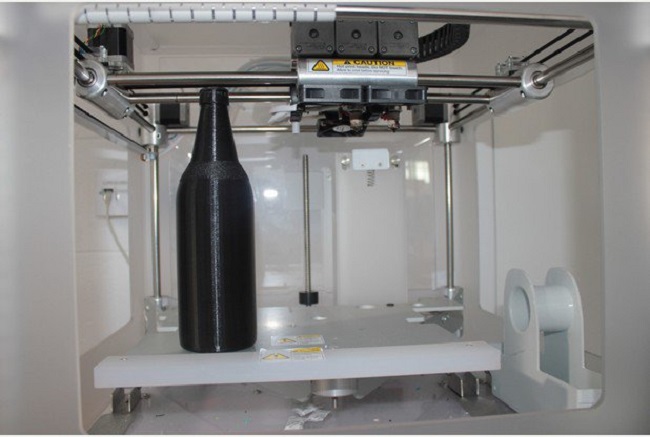The Old Bailey Courthouse, London
Once again showing the potential of 3D printing, a team of university staff was recruited to 3D print a beer bottle to be used as evidence in the case involving the murder of 17-year-old Plymouth Argyle FC footballer, Alex Peguero Sosa.
Forty-two-year-old Lee Dent, from East Portlemouth near Salcombe in the UK, was accused of the murder of the 17-year-old during an altercation in July 2014. According to 3DPrint.com, Dent had claimed that he was acting in self-defence after a joke was not taken as intended.
In his defence, he claimed that he had swung at Sosa but was not aware at the time that he was holding a bottle of beer, which smashed against the victim’s neck and led to him suffering fatal levels of blood loss.
According to 3DPrint.com, the prosecutors challenged Dent on the story of self-defence and recruited the help of staff from City College Plymouth (CCP) and their Cubex 3D printer to re-create the bottle supposedly used in the attack – a bottle of Newcastle Brown Ale – which took a total of 28 hours to build.

The 3D-printed bottle used in the murder trial of Lee Dent. Image via CCP
A first for UK policing
The reason behind why a 3D-printed bottle was required was due to the fears that giving an actual glass bottle to replicate the crime would be ill-advised.
With the help of the 3D-printed bottle, the prosecutors then brought in an expert from the University of Leeds to show how the bottle would break in the hands of someone during a re-creation of the attack in what was the first example of the Devon and Cornwall Police using 3D printing in the courtroom.
Dent has since been convicted of the murder of Sosa and, following this showing of evidence, has been sentenced to 22-years-to-life in prison.
Detective inspector Ian Ringrose of Plymouth’s Major Crime Team said of CCP’s involvement: “Thanks to the replica of the murder weapon they produced, the prosecution was able to safely ask the defendant to demonstrate how he had held the bottle when he struck the victim and allowed the barrister, Simon Laws QC, to closely cross examine him on this aspect of his evidence.
“This was the first time we had used this technological approach, and the use of it in court helped to fully explain the facts and the prosecution was greatly assisted by the use of the replica bottle created by the college team.”
Courthouse exterior image via Ben Sutherland/Flickr